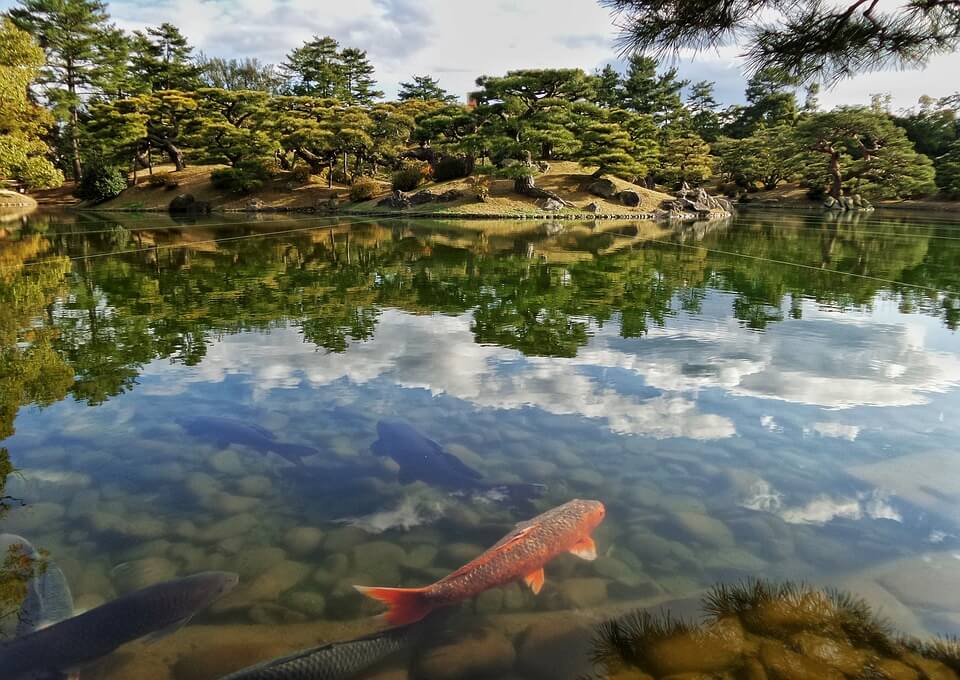Can Chemicals Safely Destroy Invasive Species in Ponds and Waterways?

Many people work long hours just so they can live in a place with a pond, lake or another waterway nearby. Unfortunately, pests and invasive species enjoy waterways just as much as we do, and if you’re not careful, they can destroy your serene aqua environment. In some instances, chemical controls are the only effective way to rid a waterway of invasive species, and if you’re wondering whether chemical controls are safe, the following information should help.
Why Are Chemical Controls More Effective?
Before understanding whether chemical controls are safe, you must first recognize why they’re necessary. After all, if another form of invasive species control worked, why would we even need chemical controls? The truth of the matter is that other forms of control sometimes fail at getting the job done. In fact, these controls can actually make the matter worse.
Physical measures, for instance, have been shown to be effective in clearing out a waterway. Unfortunately, this method can also spread plant fragments even further throughout the body of water. This can result in more dense vegetation.
Similarly, biological methods, such as introducing a competing species, can have unintended consequences. Even if you’re the one introducing this new species, it will likely have some effect on the overall ecosystem of the waterway. The fact of the matter is that chemical controls don’t see many of the negative consequences related to physical and biological invasive species control.
Are Chemical Controls Safe?
Many chemicals dissipate and disappear within 10 days of their dispersal, but this doesn’t mean they’re necessarily safe. It’s easy to recognize how chemicals can affect more than just the invasive species you’re targeting. You should recognize, though, that these control methods aren’t necessarily dangerous to the wildlife in your waterway.
In fact, many physical controls are only attempted in conjunction with chemical methods. The trick is getting it right the first time. Chemical control professionals will know which herbicide or chemical to use, exactly how much is needed and have the ability to safely apply the control to avoid collateral damage.
While chemical controls shouldn’t be undertaken by amateurs, professionals trained in their use can typically avoid causing damage to the surrounding ecosystem.
When to Use Chemical Controls
While chemicals may have gotten a bad name over the years, the truth is that there are so many options for waterways that it’s okay to use chemicals in most situations. One of the biggest problems with chemical controls, for instance, is related to decaying plants. As these plants die, they can reduce oxygen levels in the water, but by treating only one-half of the waterway at a time, fish are allowed freedom to swim to other areas where oxygen is abundant.
Chemical controls should certainly be used when other methods simply aren’t effective. Unfortunately, this happens frequently. As with any pest in this world, removing invasive species manually is an uphill battle. It’s typically recommended that chemical controls be used during the early spring and when plants are actively growing, but again, trained professionals can work around these suggested best practices.
Most waterways will eventually experience issues related to pests and invasive species. Fortunately, these issues don’t have to be detrimental to the surrounding ecosystem. The world has come a long way when it comes to chemical controls, and when the right chemical is applied by the right expert, you can keep your waterway safe and free of harmful species. For more information, check out these aquatic control programs.